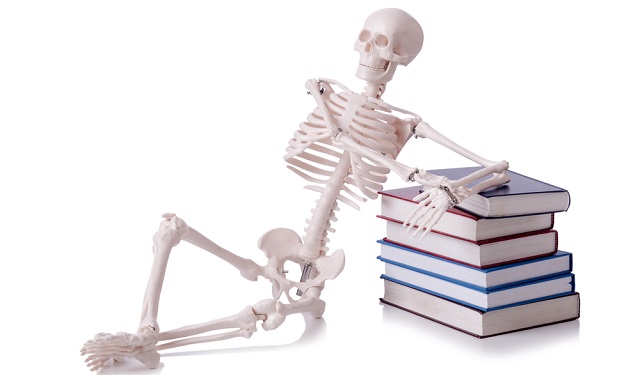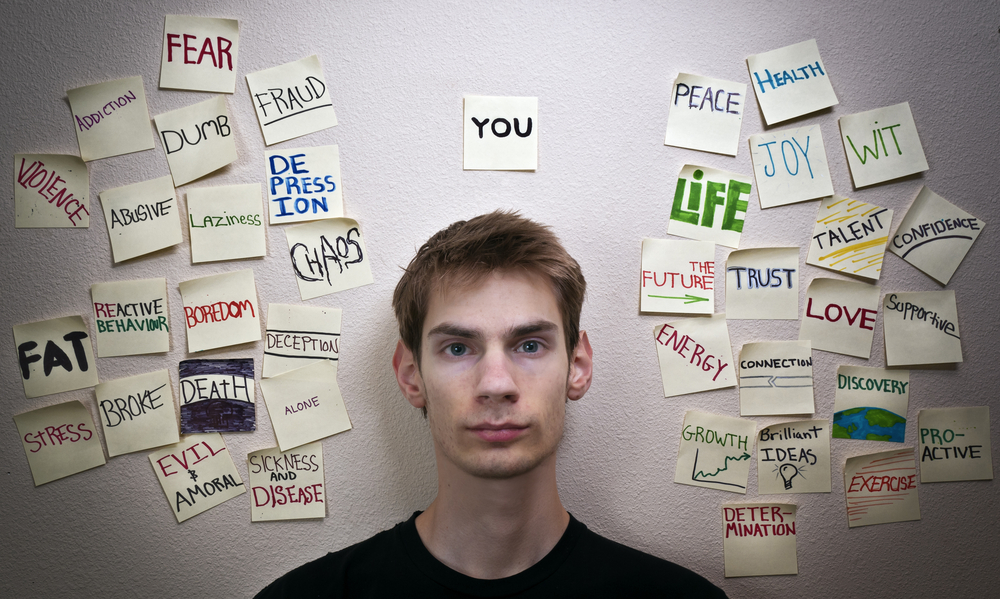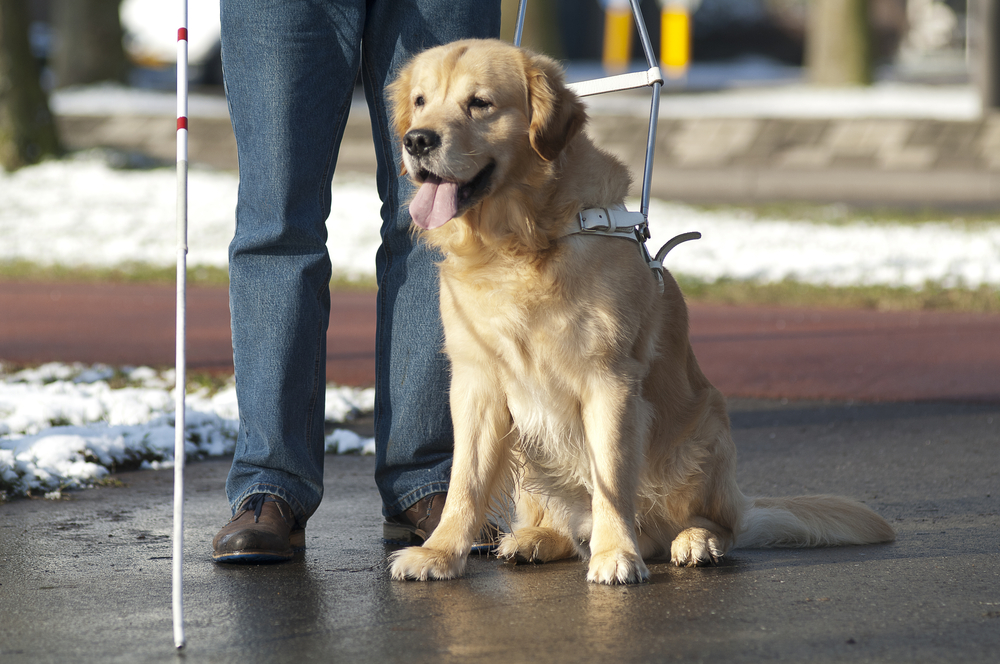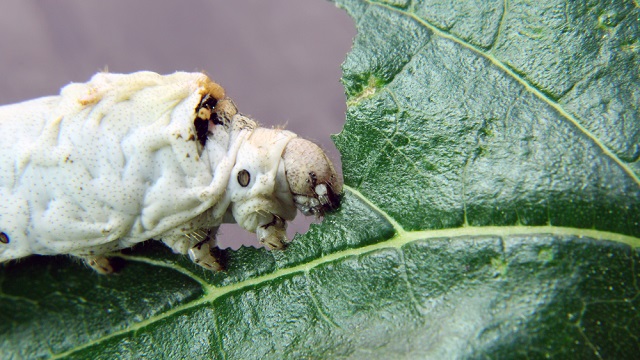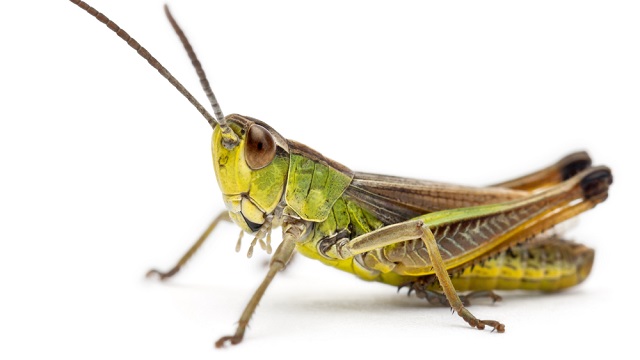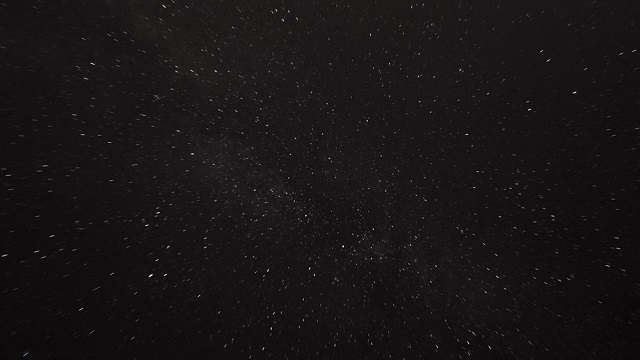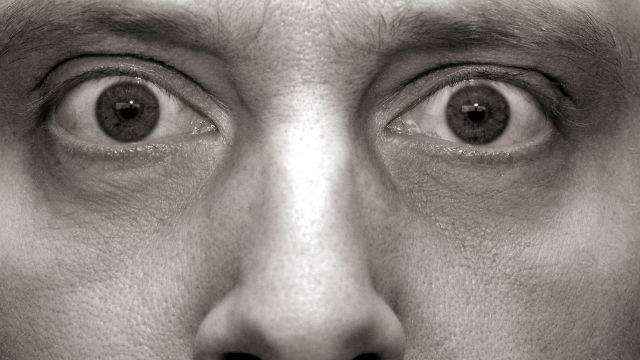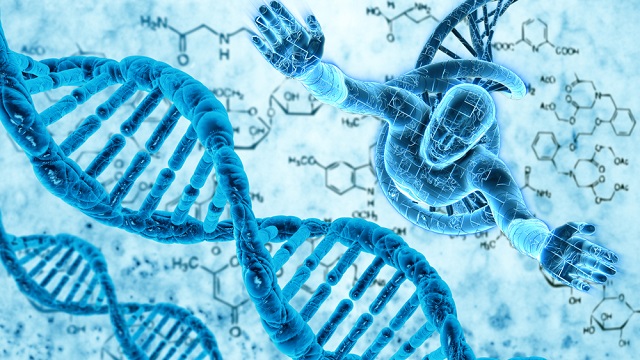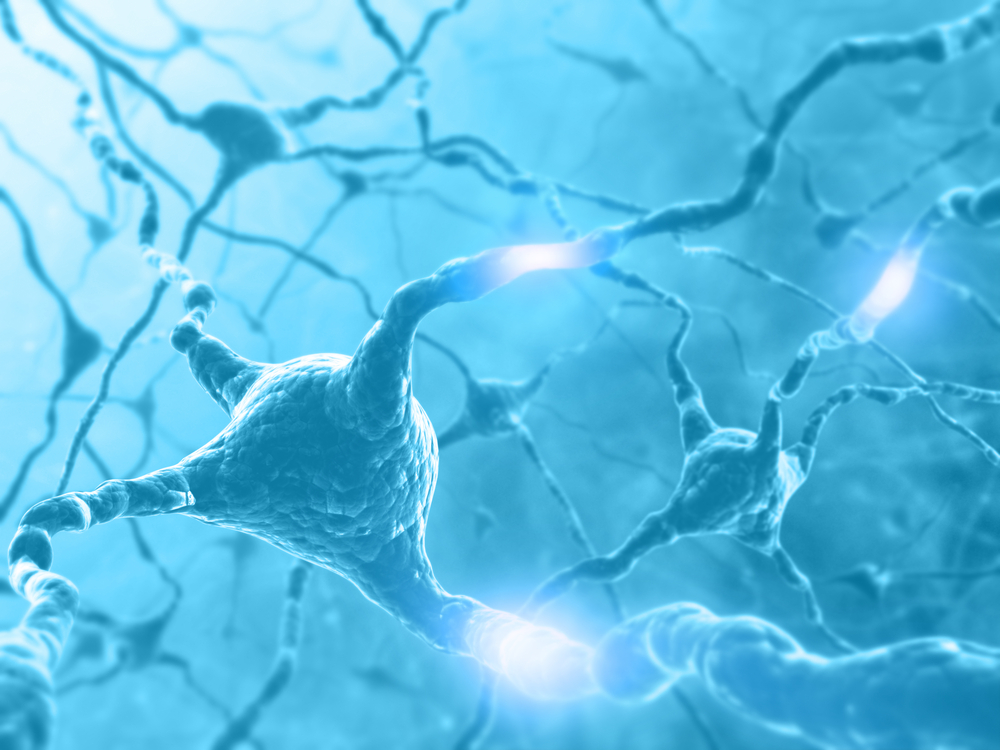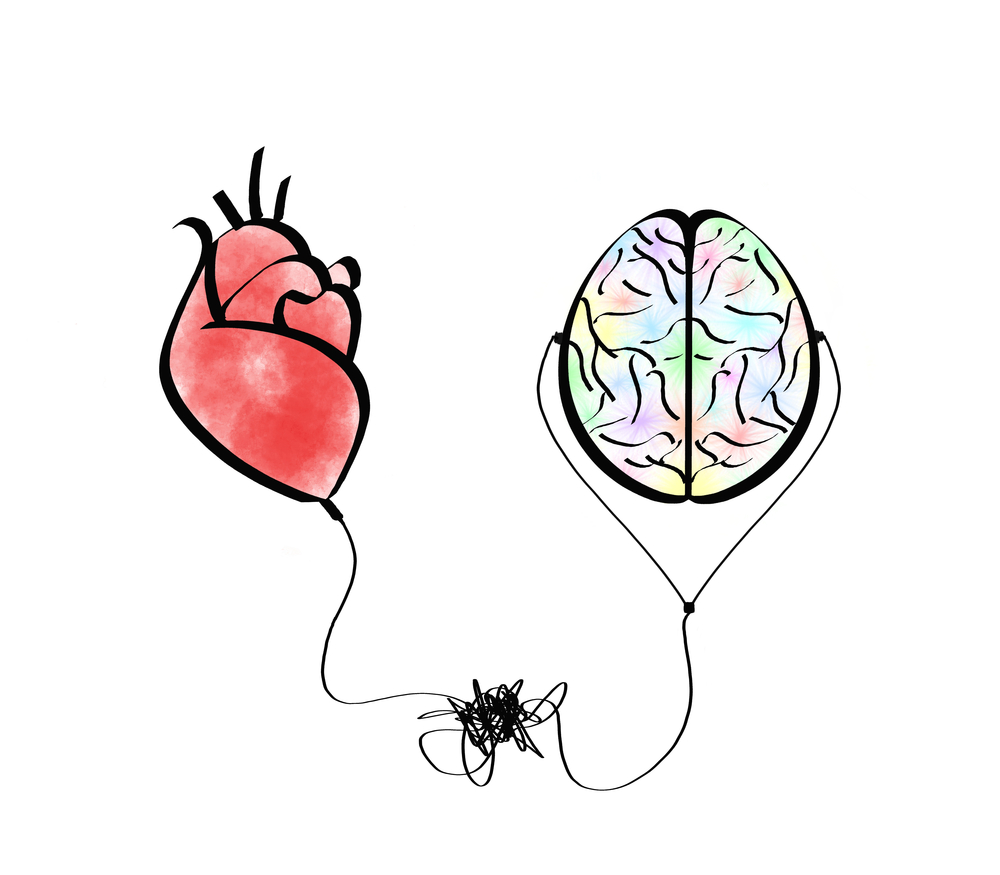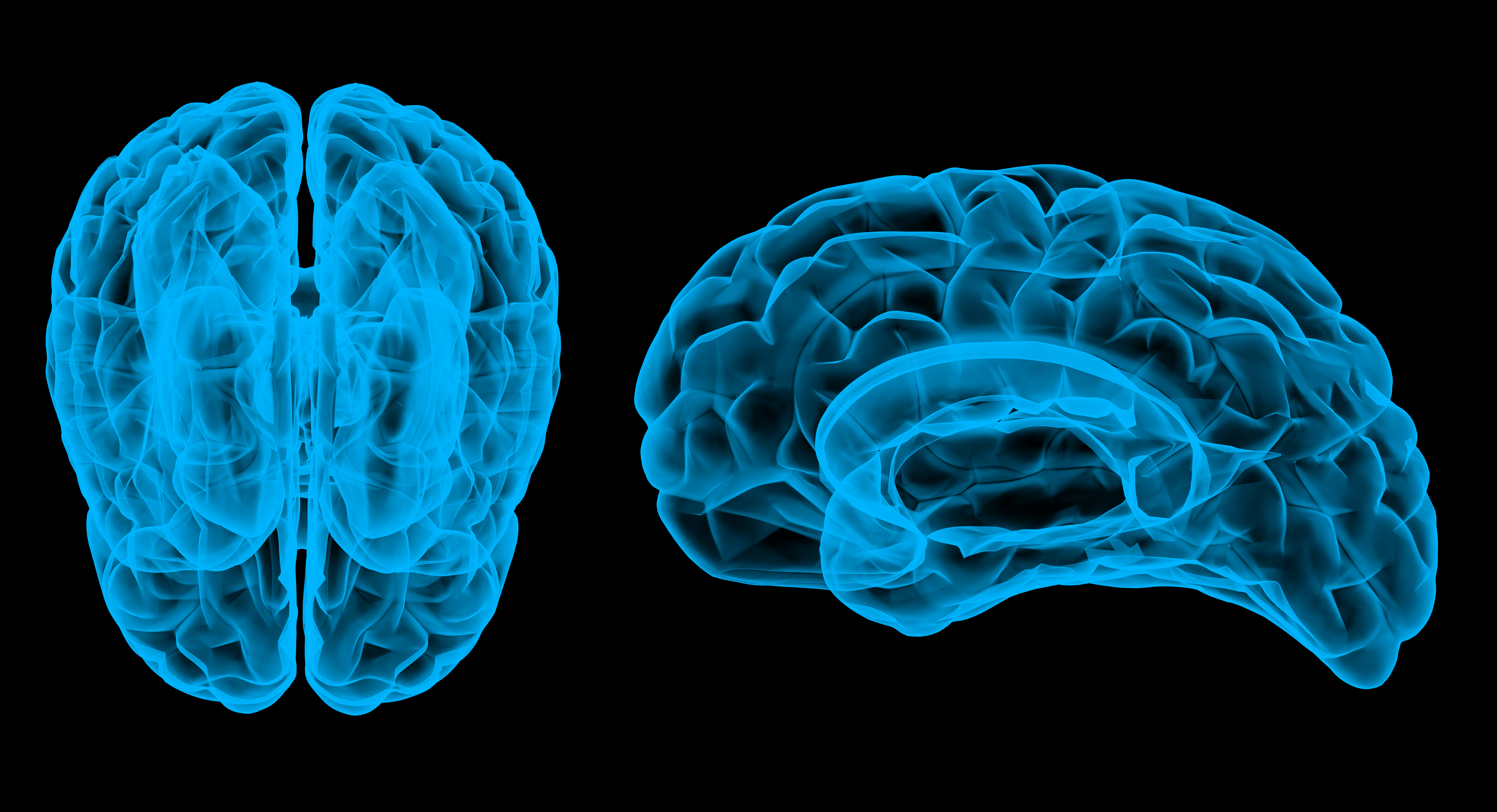Surprising Science
All Stories
Two manufacturers of “smart windows” have affiliated with larger companies in recent months, indicating that this technology may finally become more widespread as commercial building owners seek to reduce energy costs.
When Fisher v. University of Texas is decided in the next few days, Justice Anthony Kennedy may cast the decisive vote ending affirmative action as we know it. Unless he doesn’t.
A new US Forest Service study shows that through removing fine particles in the air, urban forests save an average of one life every year per city. In New York City alone, eight lives are saved annually on average.
The spacecraft currently in residence near Saturn will position itself to capture what our planet looks like from almost 900 million miles away. It’s the first-ever intentional photo session from deep space, which means we have time to dress up.
Scientists have detected fracturing of the ocean floor near the Iberian peninsula, signaling the movement of tectonic plates that could eventually close the distance between North America and continental Europe.
It’s not quite a “Star Trek” holodeck, but two junior doctors based in London have developed a way to display 3D animated graphics of body parts on an auditorium stage.
Bill Nye’s viral Big Think video continues to spread the thoughts of an inspirational man.
Edward Snowden, the whistleblower who went public with the NSA’s clandestine data mining operation, forms part of an increasing crossover between government and private cybersecurity organizations.
The world faces a difficult task in brining energy to poor populations while mitigating the effects of climate change, which is why creating innovative energy programs must be a global priority.
The surveillance state is here, and it is apparently here to stay. The question moving forward is how effective the U.S. constitutional system and democratic culture will be in keeping the American version from slipping into Chinese mode.
Study after study tells us somewhat disturbing things about the solidity of human character: There is no single version of “you” and “me” even though we talk as if there were.
In experiments on non-human primates, biologists are working to switch off the gene, controlled by proteins myostatin and activin A, that keeps muscle mass between certain boundaries.
By injecting a virus with a normal gene directly into the retina of an eye with a defective gene, researchers have successfully restored some sight to more than a dozen people with a rare inherited eye disease.
The Supreme Court has ruled against a Utah-based genetic testing company in a decision which defines the legal limits of ownership over the building blocks of life.
MIT developers have created a system that uses a computer-generated face and specialized software to help people with social phobias and others practice their interpersonal skills.
Three nights a week, as many as 300 Runners Venezuela members jog along the streets of Caracas to maintain their fitness while avoiding being kidnapped. It’s one approach to maintaining normality in an increasingly dangerous city.
A University of Toronto study showed that people who read literary fiction have less need for “cognitive closure,” allowing for more creative and sophisticated thinking.
Scientists in South Korea have developed a highly-responsive sensor that can identify compounds found on a person’s breath signaling the presence of diabetes or lung cancer.
MIT designers laid 6,500 silkworms on top of a specially constructed framework and let them do what they do. Such “biological swarms” could someday be used to “print” structures organically.
Mansour Ourasanah hopes so: He has joined with KitchenAid to create a prototypical countertop pod that allows grasshopper breeding, growing, and harvesting.
The people behind the Lone Signal project are inviting the public to contribute text and photo messages that they plan to beam into outer space as a beacon to aliens.
A recent paper hypothesizes that the material that comprises most of the matter in the universe may consist of a type of theoretical particle whose signature has already been detected by scientists.
Their new report suggests that it’s not too late to implement changes that will help prevent a 2-degree global temperature increase by 2100.
OK, so the NSA is spying on you. Is Orwell’s nightmare coming true?
In the case of a recent exhibit displaying sculpture of people whose characteristics were determined by analyzing DNA found on cigarette butts and chewing gum, maybe not, according to New York state law.
In an effort to bolster its already impressive cybersecurity talent, the Israeli Defense Forces have called for a two-fold increase in the number of young people scouted for computer programming talent.
In the midst of a culture that appraises positivity far above negativity, or even a balanced view of reality, psychologists say now is an equally important time to accept the trials of life for what they are.
Neuroscientists at Karolinska Institute have proven that a significant number of new neurons in the hippocampus — a brain region crucial for memory and learning — are generated in adult humans.
Listening to enjoyable music activates reward centers deep inside the brain, specifically the subcortical nuclei which is known to be important in reward, motivation and emotion.
Neuroscience is still one of biology’s newest fields and the extent to which human behavior can be explained exclusively in terms of blood flow to specific regions of the brain remains highly in doubt.





